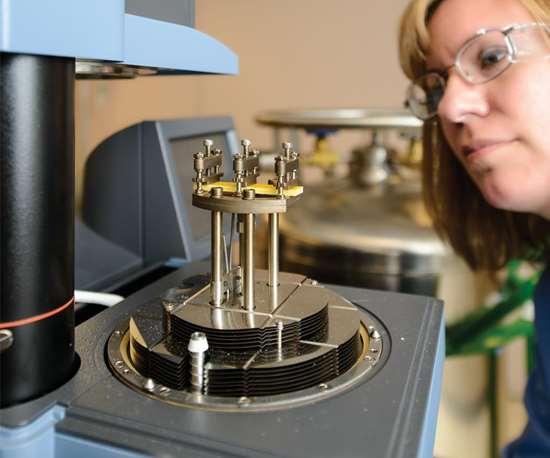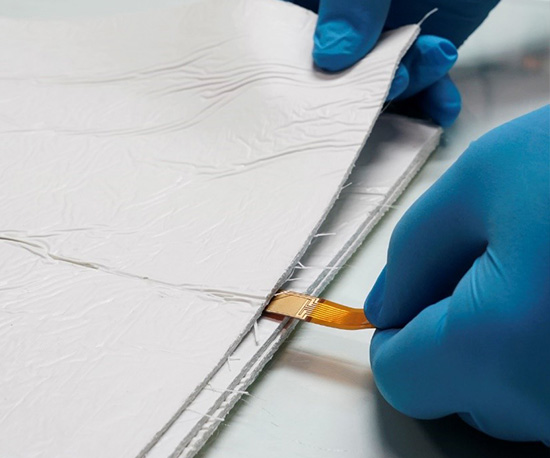Borna Composite Company
Manufacturer of SMC composite materials
About Company and Our Activities
As a producer of SMC composite Sheets and expertise in RTM and Hand lay-up, has started its activity in 2020 with the aim of developing the domestic industry based on the capabilities of domestic experts with a production capacity of 7000 tons per year.
One of the main activities of Borna Composite Company is the development of automotive, water, electricity and building industries by producing SMC composite sheets.
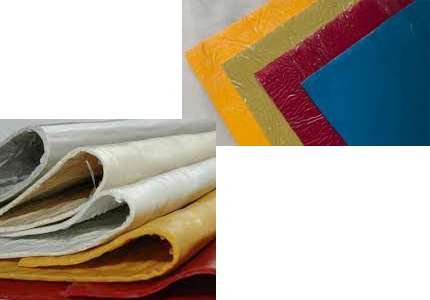
What is SMC?
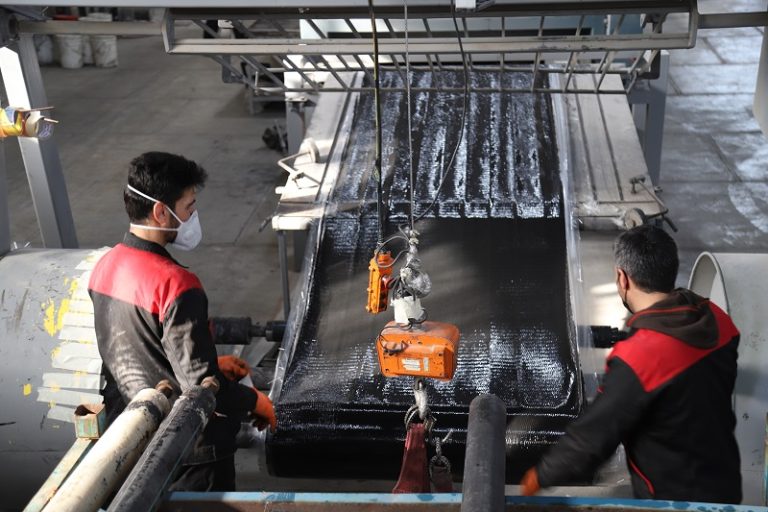
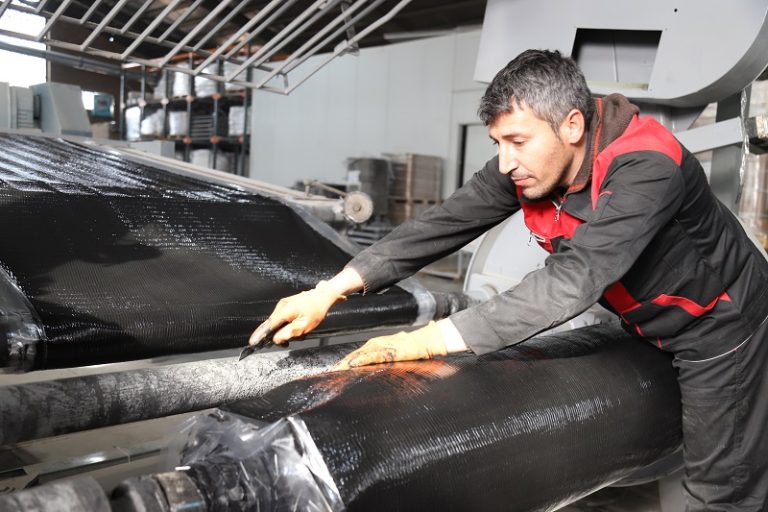
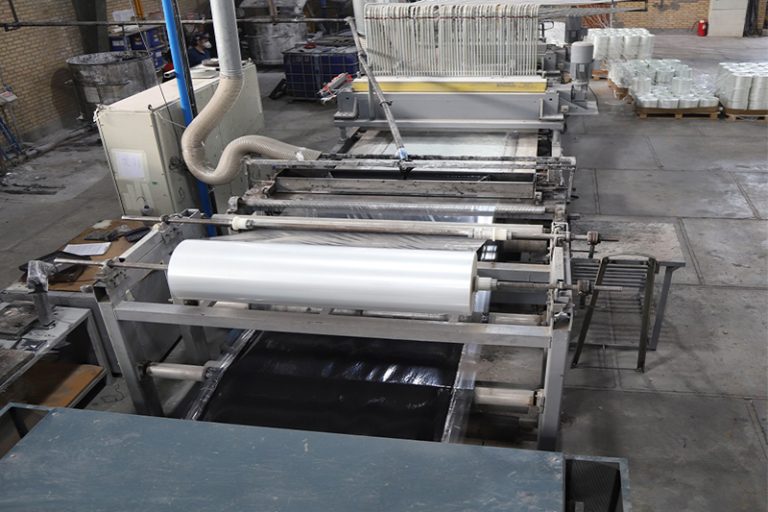
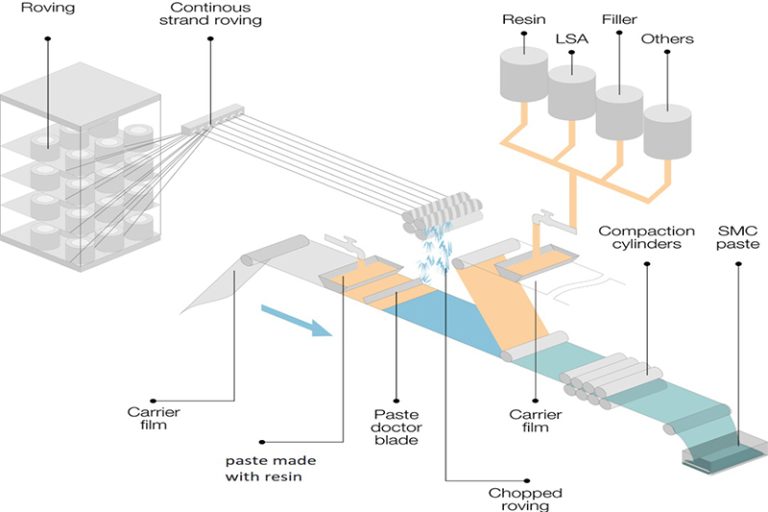
The SMC product is a polymer mixture reinforced with glass fibers and mineral materials based on thermoset resins, which is supplied in the form of sheets and can be converted into a wide range of products by compression molding. This product is a very suitable alternative to metals in terms of high physical strength, excellent resistance to impact and heat, the same coefficient of thermal expansion as metal, and a completely smooth and shiny appearance despite its lower weight In addition, it is a very suitable alternative to ordinary plastics in terms of insulation resistance and self-extinguishing. SMC can be formulated to meet performance requirements such as tensile testing and Class A surface requirements. The glass fibers in SMC are crushed to sizes of 12 to 50 mm and its amount can be changed from 25% to 60% depending on the required strength and surface
RTM Method
Resin transfer molding is a process that is done under low pressure and in a closed mold and is used to produce various composite parts with different dimensions. Here, by using various reinforcing fibers and a thermoset resin, composite parts are prepared with high dimensional accuracy and excellent surface quality. Various resins including epoxy, phenolic, unsaturated polyester and vinyl esters can be used in this process. Reinforcing fibers such as glass fibers, carbon fibers and Kevlar fibers Also, synthetic fibers can be used separately or in combination with each other. The type of fiber and resin determines the price and mechanical efficiency, molding conditions and the quality of the piece’s surface. In addition to the above-mentioned materials, according to the case, additives are added to improve the anti-fire and bending properties as well as the quality of the surface.
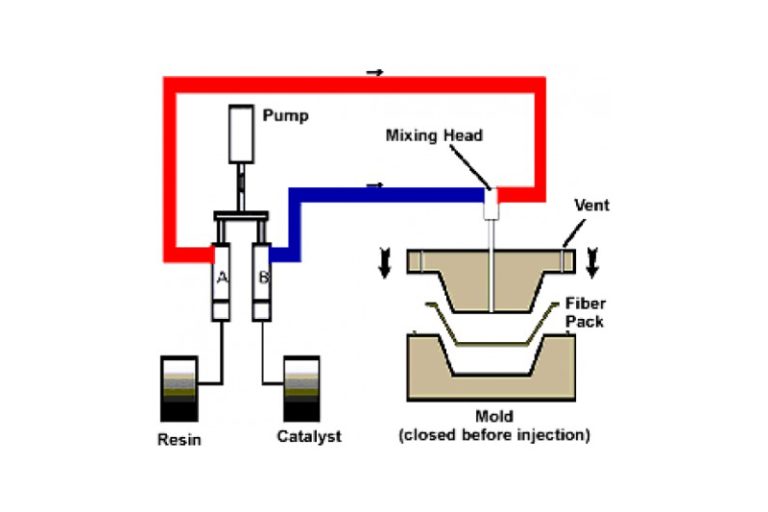
Manual method (Hand Lay-up)
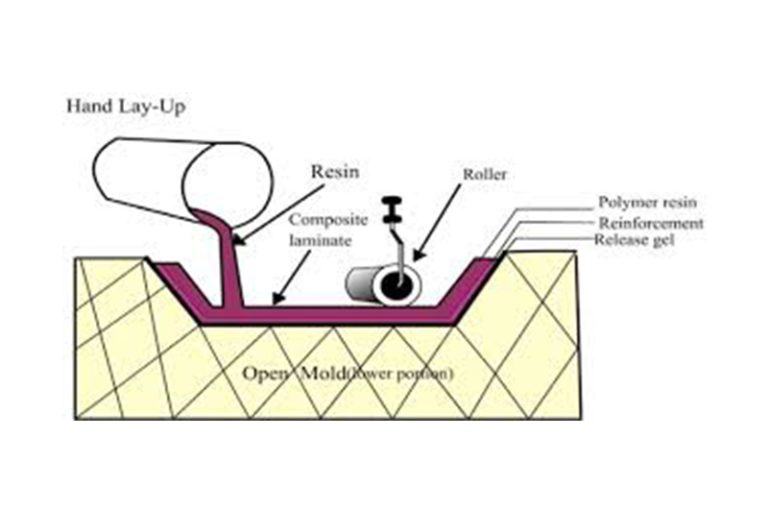
The hand lay-up method, which some people call wet lay-up, is another method of making FRP composite, which is usually used to cover the external surface of structural members for strengthening.
In this method, a rigid mold is covered with resin and a roller is used to press the fibers (usually in the form of a sheet or raw fiber cloth) into the resin. In some cases, some additional resin is added to the outer surface of the fibers to ensure that the fibers are completely impregnated with the resin. Additional layers of FRP material can be added on top of each other to achieve the desired thickness. During the strengthening of the structure, for example, the strengthening of the structures of a concrete column, the mold used is the structural member that needs strengthening. The issue of quality control is very important in this method and sometimes skilled workers are needed.
SMC Applications
SMC Advantages
Due to their advantages, SMC products are developing more and more in all industries, especially in the automotive industry
- High strength close to steel
- 20% weight reduction compared to steel
- Corrosion resistance
- Freedom of action in design compared to steel
- Chemical resistance against oils, moisture, salt, etc
-
The ability to integrate several pieces into one piece
compared to steel - Cost reduction
- Reducing car fuel consumption
